High-intensity interval training is an effective way for cyclists and runners over 50 to improve their physical performance.
By pushing the body to greater levels of exertion, HIIT workouts can boost endurance, strength and speed in even the oldest athletes.
With its many health benefits, high-intensity interval training is a great way for older cyclists and runners to be more fit and healthy.


HIIT for cyclists and runners over 50 has several benefits
According to research studies, there are several reasons why HIIT intervals can be effective for older than 50 cyclists and runners. Here are a few key findings:
- Improved cardiovascular fitness: A study published in the Journal of Aging and Physical Activity found that eight weeks of HIIT training improved aerobic capacity and running performance in older adults. Another study published in the European Journal of Applied Physiology found that HIIT can improve vascular function and reduce arterial stiffness, which is particularly important for aging adults who are at risk for cardiovascular disease.
- Increased muscle strength and endurance: A review of studies published in the journal Sports Medicine found that HIIT can improve muscle strength and endurance in older adults, as well as increase lean body mass and decrease fat mass. This can help combat age-related muscle loss and improve overall physical function.
- Improved cognitive function: A study published in the Journal of Clinical Endocrinology and Metabolism found that HIIT can improve cognitive performance in older adults, including memory and attention. This is particularly important since cognitive decline is a common issue for aging adults.
- Reduced risk of chronic disease: HIIT has been shown to improve insulin sensitivity and glucose control in older adults, according to a study published in the Journal of Diabetes Research. This can help reduce the risk of developing chronic diseases like diabetes and metabolic syndrome.
Benefits of HIIT for Cyclists and Runners Over 50
As we age, our bodies become less efficient at using oxygen to produce energy.
This is one of the main reasons why older athletes tend to slow down with age.
High-intensity interval training (HIIT) has been shown to be an effective way to offset this age-related decline in aerobic capacity.
HIIT involves alternating between periods of high-intensity exercise and active recovery. The high-intensity intervals are typically short (30 seconds to a minute) with active recovery periods.
HIIT intervals can last anywhere from 20 seconds to several minutes.
The common factor is that you are pushing yourself during the work time.
HIIT works both aerobic and anaerobic systems
HIIT has been shown to be an effective way to improve both aerobic and anaerobic fitness.
Aerobic fitness is the ability of the body to use oxygen to produce energy, while anaerobic fitness is the ability of the body to produce energy without oxygen.
Both are obviously important for cyclists and runners.
Traditional endurance training primarily stimulates your aerobic energy system, while HIIT stimulates both your aerobic and anaerobic energy systems.
Your aerobic energy system is responsible for supplying energy during low- to moderate-intensity exercise.
Your anaerobic energy system is responsible for supplying energy during high-intensity exercise.
By stimulating both energy systems, HIIT helps you become a more efficient cyclist or runner.
Research clearly suggests HIIT improves aerobic/anaerobic capacity
For cyclists, one study published in the Journal of Aging and Physical Activity found that a combined approach of HIIT and endurance training led to improvements in peak power output and maximal oxygen uptake in middle-aged adults.
Another study published in the Journal of Strength and Conditioning Research found that polarized training, which involves alternating between lower-intensity aerobic exercise and high-intensity intervals, improved VO2 max in older cyclists.
For runners, a study published in the Journal of Aging and Physical Activity found that eight weeks of HIIT training improved aerobic capacity and running performance in older adults.
Another study published in Medicine & Science in Sports & Exercise found that polarized training led to greater improvements in VO2 max in older adults compared to threshold training (i.e. maintaining a steady intensity throughout).
HIIT for older adults can have multiple benefits
HIIT is also a time-efficient way to train, which is important for busy adults who may not have massive amounts of time to devote to training each week.
One study found that just two weeks of HIIT could significantly improve running performance in middle-aged adults.
In addition to its aerobic benefits, HIIT has also been shown to improve strength and power in older adults.
A recent study found that eight weeks of HIIT increased leg strength and power in middle-aged and older cyclists by an average of 12 percent.
In addition, HIIT has been shown to increase mitochondrial density, which leads to improved muscle efficiency and stamina.
Mitochondria are the powerhouses of your cells, and they play a key role in supplying energy for exercise.
Types of HIIT for Cyclists and Runners Over 50
There are many different HIIT workouts that can be customized to fit the needs of any cyclist or runner.
Here are a few examples:
- The Tabata Protocol: This HIIT workout consists of eight rounds of 20 seconds of all-out effort followed by 10 seconds of rest. This protocol can be adapted to any exercise, making it ideal for cyclists and runners who want to give HIIT a try. For example, we often use Tabatas in our Boot Camp exercises!
- The Sprint Interval Training Workout: This workout involves running at full speed for 30 seconds followed by two minutes of easy jogging or walking. It can be repeated four to six times for a total workout time of 20-30 minutes.
- The Hill Repeats Workout: For this workout, find a hill that takes about one minute to run up at moderate intensity. Run up the hill at full speed, then jog or walk back down to recover. Repeat this cycle six to eight times for a challenging HIIT workout.
There are a lot of different protocols for HIIT, from Tabatas (20 seconds full gas, 10 seconds rest) to 30/15s (Ronnestad) to up to five minutes with two to three minutes of recovery.
Which type of HIIT is better?
It really depends on what you're trying to accomplish with HIIT.
Research studies have compared different time/recovery protocols for high-intensity interval training (HIIT), and while there are similarities in the effects on fitness and health markers, there are also differences.
A 2019 review of studies published in the journal Sports Medicine analyzed different time/recovery protocols used in HIIT and found that they all had a positive effect on markers of health and fitness, such as aerobic capacity, insulin sensitivity, and muscle strength.
However, the effectiveness of each protocol varied depending on the specific outcome being measured.
For example, a study published in the Journal of Strength and Conditioning Research compared two different HIIT protocols: one using 30 seconds of work and 120 seconds of recovery ("30/120"), and the other using 15 seconds of work and 60 seconds of recovery ("15/60").
The results showed that both protocols were effective at improving aerobic and anaerobic fitness, but the 30/120 protocol was more effective at improving peak power output and maximal oxygen uptake.
Another study published in the Journal of Applied Physiology compared a HIIT protocol using 20 seconds of work followed by 10 seconds of rest ("20/10") to a protocol using 60 seconds of work followed by 60 seconds of rest ("60/60").
The results showed that both protocols improved insulin sensitivity and mitochondrial function, but the 20/10 protocol was more effective at improving aerobic capacity.
Overall, it is clear from these studies that different time/recovery protocols can have similar effects on health and fitness markers, but some protocols may be more effective than others depending on the specific goals of the individual.
Tips on How to Incorporate HIIT into Your Training Program
It is important to incorporate HIIT into your training program correctly in order to avoid overtraining and injury. Here are some tips on how to do so:
- Start by gradually adding HIIT workouts to your training program. If you are new to HIIT, begin with one or two workouts per week and gradually increase the frequency as you become more accustomed to the higher intensity.
- Be sure to warm up thoroughly before each HIIT workout. A good warm-up will help you avoid injury and get the most out of your workout.
- Each HIIT workout should consist of several intervals of high-intensity effort followed by periods of active recovery. The duration and intensity of the intervals will vary depending on your fitness level and interval goals. Beginners should start with shorter, less intense intervals and gradually work up to longer, more intense intervals.
- Make sure you allow for adequate recovery after each HIIT workout. This means taking a day or two off from training if possible, or at least reducing the volume and intensity of your other workouts for a few days afterward.
Three things cyclists and runners over 50 should consider about HIIT:
- HIIT can improve aerobic and anaerobic adaptations along with numerous other benefits
- Start slowly in doing HIIT. Tabatas (20/10s) for four minutes is a good way to start.
- The duration of the work and recovery interval depend on your fitness goals.
Want to know more about what you can achieve with HIIT?
If you liked this article, please share it with others.
Do you have questions? Email me at paulw at SimpleEnduranceCoaching.com
I support a limited number of cyclists and runners achieve their goals with more strength, endurance, and mobility.
Contact me or sign up for Virtual Coffee so we can discuss your goals, ask questions, and talk about making your endurance training more effective, fun, and Simple.
You can also opt-in to receive my weekly blog posts about what works in endurance sports.
Paul Warloski is a:
- USA Cycling Level 3 Coach
- RRCA Running Coach
- Training Peaks Level 2 Coach
- RYT-200 Yoga Instructor
- Certified Personal Trainer


Improve Your Cycling and Running Performance With a Stronger Core
Download my exclusive free training video that includes the six highly effective core strength exercises in a routine specifically designed for cyclists and runners.
This video is only available to subscribers!
Plus you'll be subscribed to a weekly newsletter that brings you the best training advice and information.
